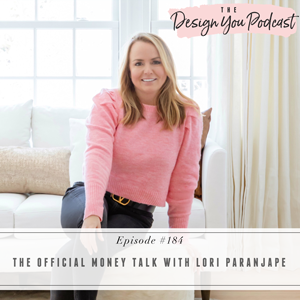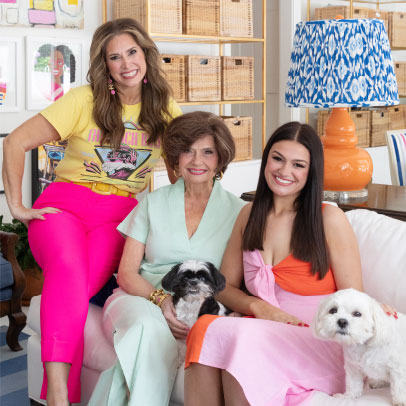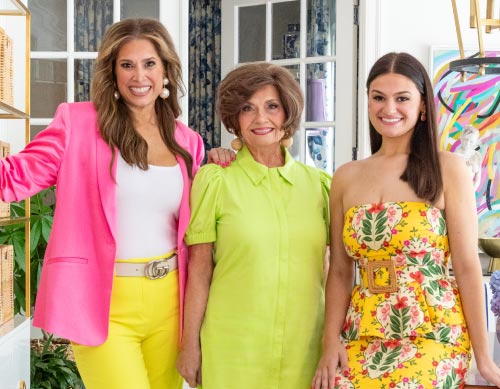
Well, friends, last week’s episode was just so much fun that I decided to do it again this week! You’ll recall that we had much more to talk about in terms of money, so Lori Paranjape joins me again this week for part 2 of our conversation, and we’re having the official money talk.
When it comes to running a business, you have to get comfortable with money, conversations about money and not be afraid to earn and spend it. So this week, we’re getting clear, direct, and honest about exactly what it looks like to have these money conversations with your clients.
Tune in this week and hear what it takes to build a higher-level business and how to continue to fill your pipeline while still saying no to more clients than you say yes to. To take on something that is not of value and not communicate your value is detrimental to your business, so we’re sharing the importance of being transparent about your rates, and how to get comfortable repelling clients that are not a fit for your business.
If you want help creating a business with thriving revenue streams so that you can design the life you really want, get on the waitlist for the next round of my Design You Coaching Program. Inside, you’ll get access to a whole new course where I share my complete design system with you. You’ll receive every template, tool, SOP, worksheet, downloadable, video, and more that I have created and used myself, and receive a complete step-by-step for how to run your full-service projects.












